If you suffer from mold allergies or respiratory conditions, choosing a place to live with low mold counts can significantly impact your quality of life. Mold thrives in areas with high humidity, poor ventilation, and dampness, making some cities more prone to mold growth than others. In this article, we’ll explore the top 8 cities with the lowest average mold counts in the United States, ideal for those looking to breathe easier.
What Factors Affect Mold Counts in a City?
Mold counts in a city are influenced by several factors, including:
- Climate and Humidity Levels: Cities with lower humidity levels tend to have fewer mold problems, as mold thrives in moist environments.
- Geography: Coastal regions or cities near large bodies of water are more prone to mold due to higher humidity levels. In contrast, arid regions tend to have lower mold counts.
- Seasonality: Mold counts can fluctuate based on the season, with higher counts typically occurring in the spring and summer when temperatures are warmer and moisture levels increase.
Now, let’s take a look at the cities that rank the lowest in mold counts, making them great choices for people with mold sensitivities.
1. Phoenix, Arizona
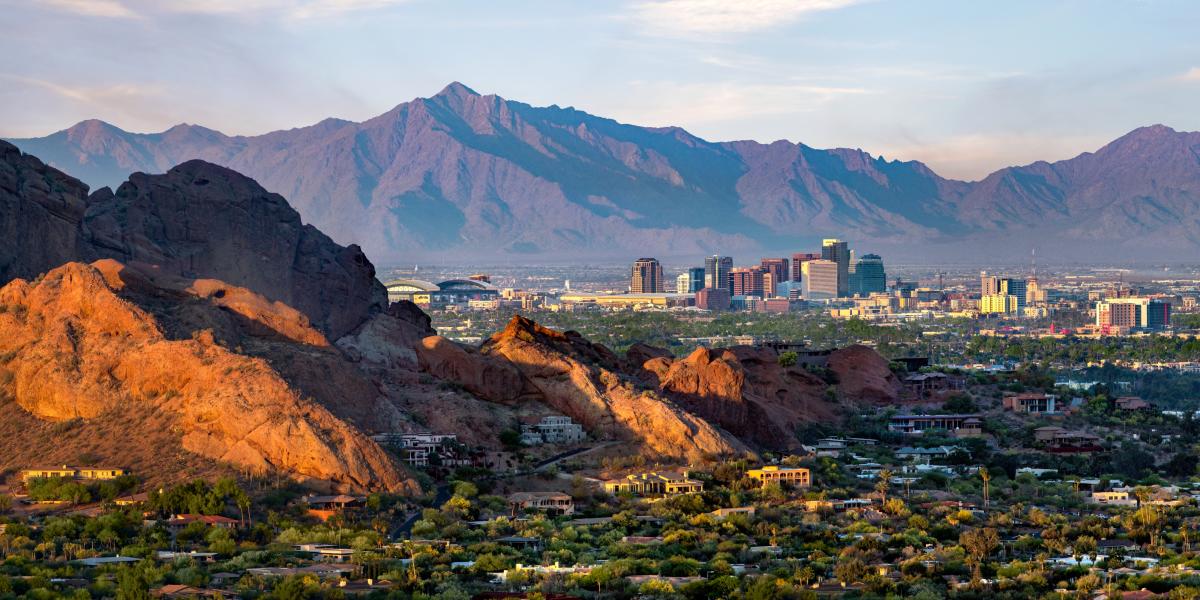
Phoenix consistently ranks as one of the best cities for people with mold allergies due to its dry, desert climate. With very low humidity levels year-round, Phoenix doesn’t provide the moisture mold needs to thrive. The lack of rainfall also contributes to the city’s low mold counts, making it a top destination for allergy sufferers.
Why Phoenix Has Low Mold Counts
- Hot, arid climate with low humidity
- Minimal rainfall and dry air
- Well-ventilated, open spaces
If you’re looking to escape mold, Phoenix’s desert landscape offers a reprieve from allergens that flourish in more humid environments.
2. Las Vegas, Nevada

Another desert city, Las Vegas, Nevada, boasts very low mold counts thanks to its arid climate. The city experiences little rainfall, and the lack of moisture in the air helps keep mold spores at bay. Mold thrives in dark, damp spaces, but with sunny weather and dry air, Las Vegas is a great option for those with mold sensitivities.
Why Las Vegas Is Mold-Free
- Hot, dry desert climate
- Low annual rainfall
- Open and sunny conditions
3. Denver, Colorado
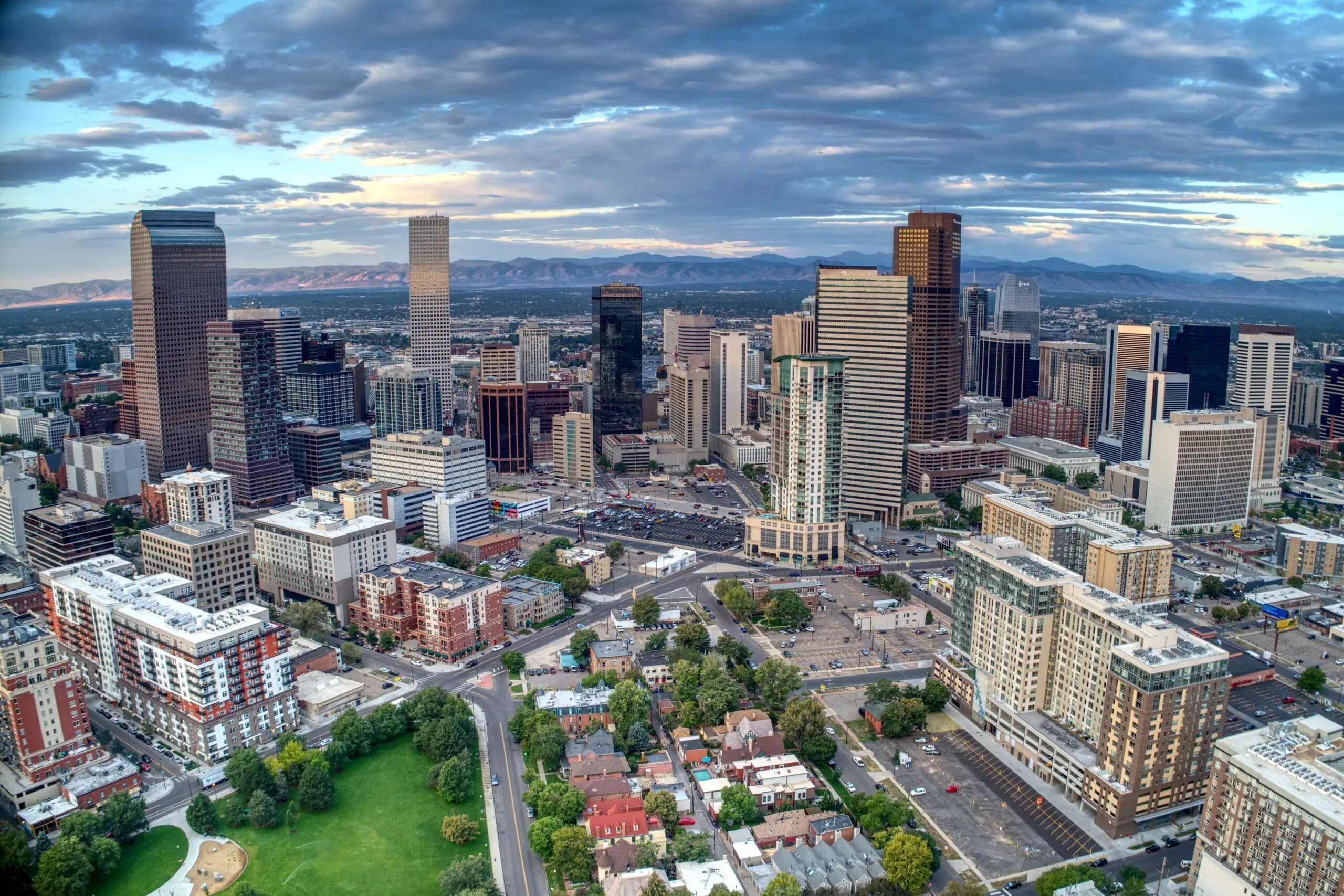
Denver’s high altitude and dry climate make it one of the cities with the lowest average mold counts. While Denver does experience a bit more rainfall than desert cities, the city’s overall dry conditions and low humidity levels prevent mold from becoming a major issue. The cool, fresh air in the mountains also helps reduce allergens, making Denver a desirable spot for those sensitive to mold.
Why Denver Has Low Mold Counts
- High altitude with less moisture in the air
- Low humidity year-round
- Cooler temperatures compared to lowland areas
4. Salt Lake City, Utah
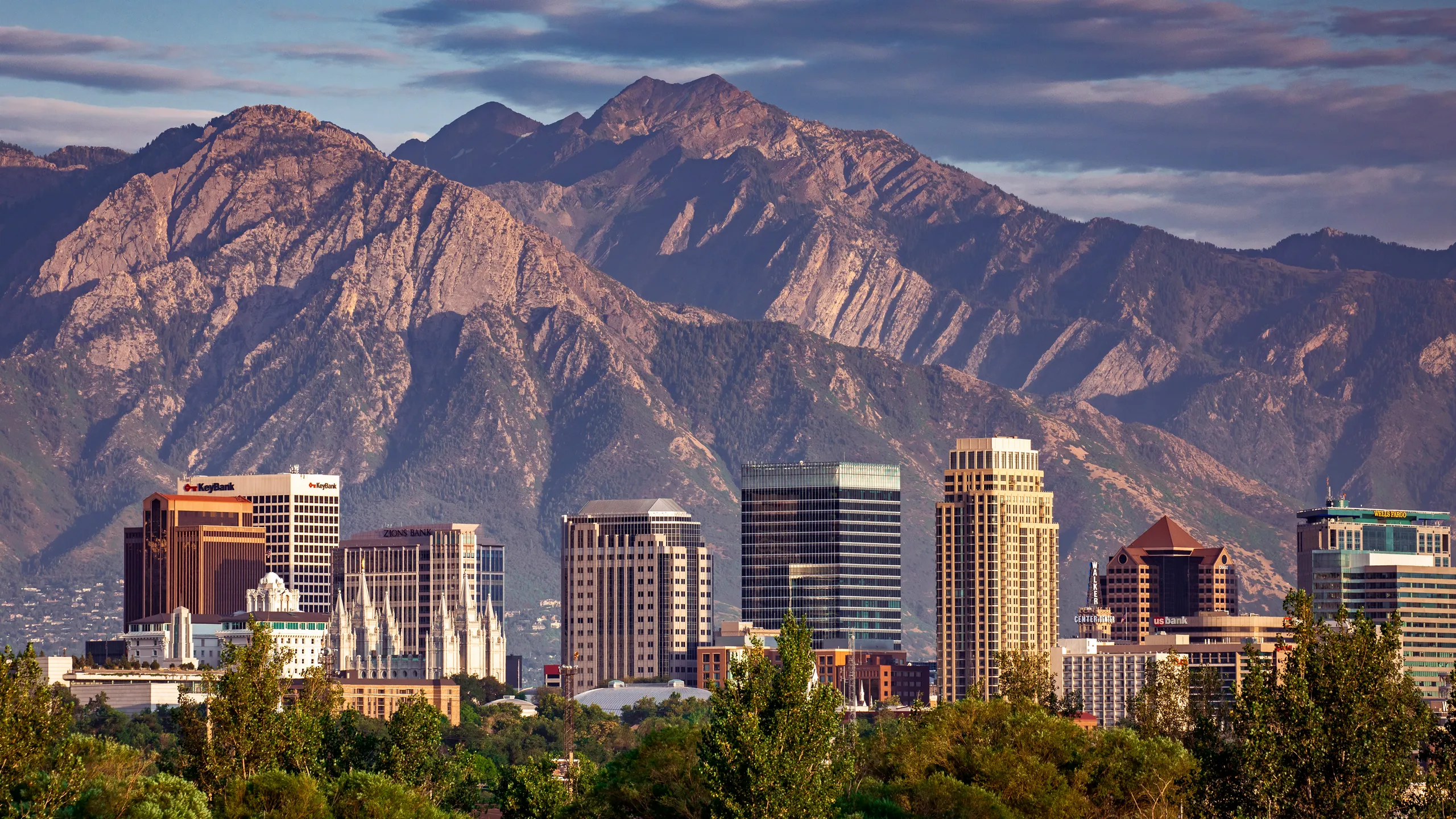
Salt Lake City offers another excellent option for people looking to avoid mold. The city’s dry, mountainous climate helps keep mold counts low. Even though Salt Lake City has a few rainy months, the overall dry air keeps mold at bay, especially compared to more humid regions. The city’s elevation also contributes to the lower humidity levels, which are essential for minimizing mold growth.
Why Salt Lake City Is Ideal for Allergy Sufferers
- High elevation reduces moisture levels
- Dry air and fewer rain showers
- Cooler climate during the year
5. Albuquerque, New Mexico
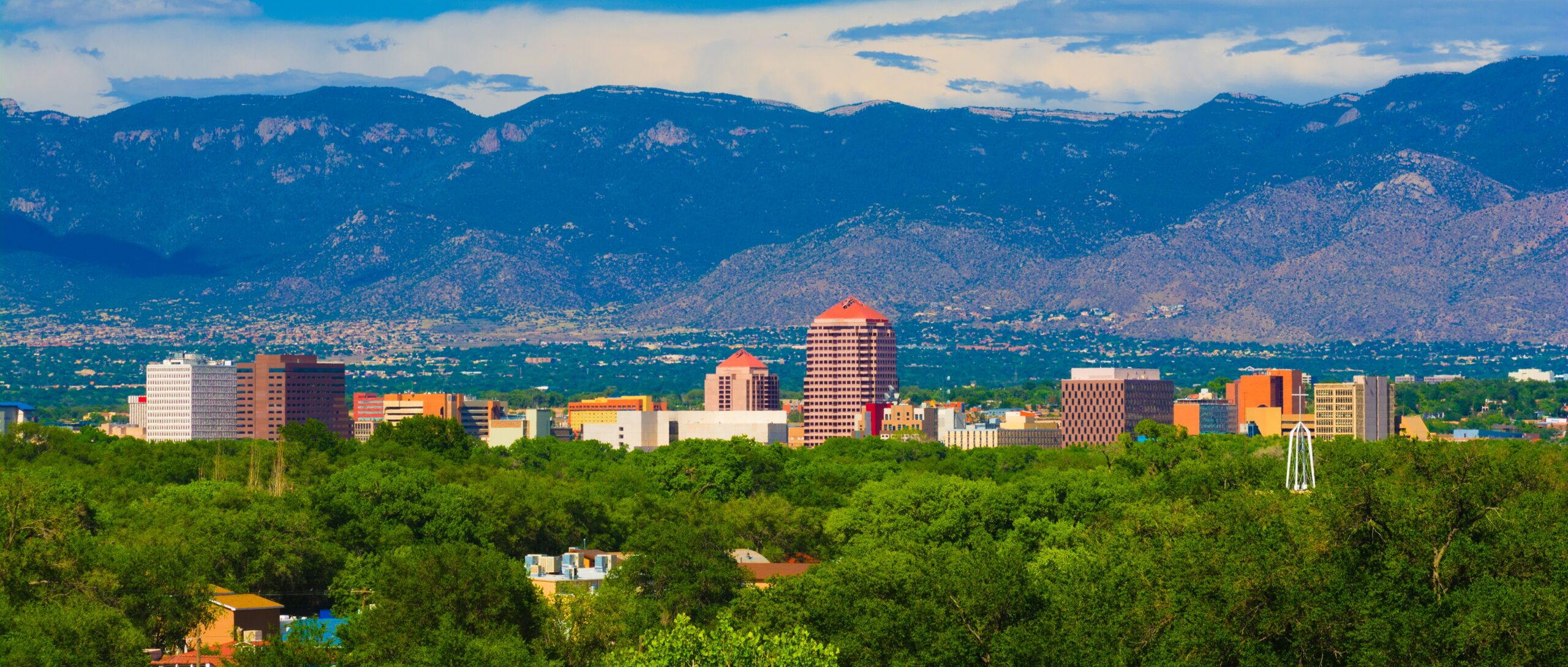
Known for its arid climate, Albuquerque is another great choice for those looking to avoid mold-related health issues. The city has low humidity and minimal rainfall, which are key factors in keeping mold counts low. With its dry, sunny weather and open landscapes, Albuquerque offers a comfortable living environment for those who want to minimize exposure to mold spores.
Why Albuquerque Has Low Mold Counts
- Low humidity year-round
- Limited rainfall
- Sunny, open climate with plenty of airflow
6. Tucson, Arizona
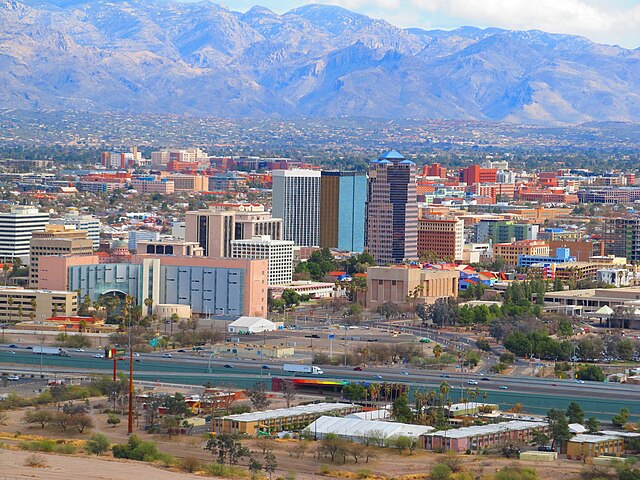
Similar to Phoenix, Tucson benefits from a desert climate that discourages mold growth. With hot, dry air and little moisture, Tucson has some of the lowest mold counts in the country. While the city does experience a rainy monsoon season, the overall climate is still dry enough to prevent significant mold issues.
Why Tucson Has Low Mold Levels
- Dry, desert climate with low humidity
- Monsoon season is brief and doesn’t lead to sustained moisture
- High temperatures that inhibit mold growth
7. El Paso, Texas
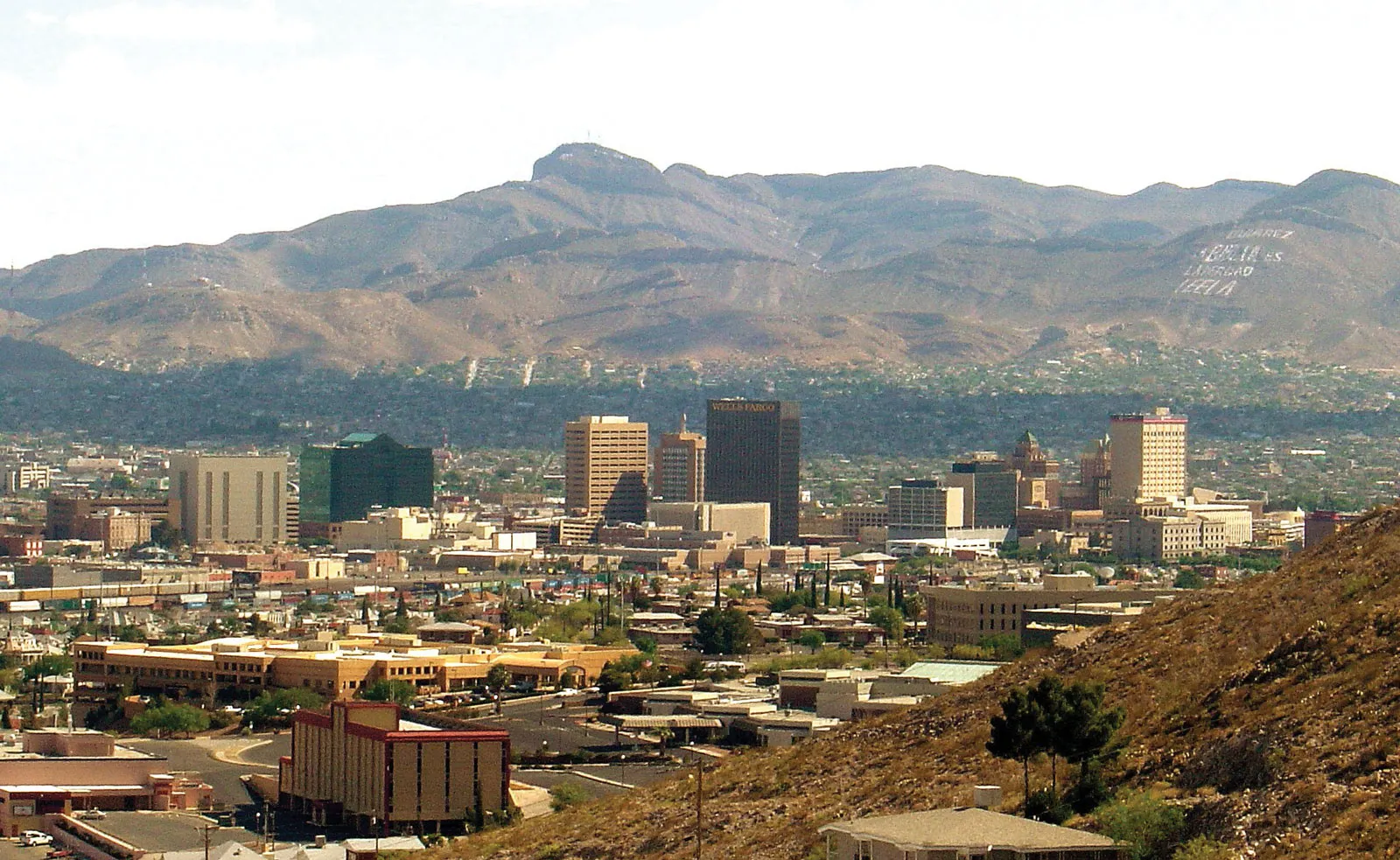
El Paso is located in a dry region of Texas, far from the humidity that plagues the eastern part of the state. The city’s desert climate and low rainfall levels contribute to its low mold counts. With little moisture in the air and a generally dry atmosphere, El Paso offers a healthier environment for those looking to avoid mold-related health issues.
Why El Paso Is a Good Choice for Mold Allergies
- Arid, desert climate with low moisture
- Limited rainfall compared to other parts of Texas
- Warm, dry air that discourages mold growth
8. Reno, Nevada
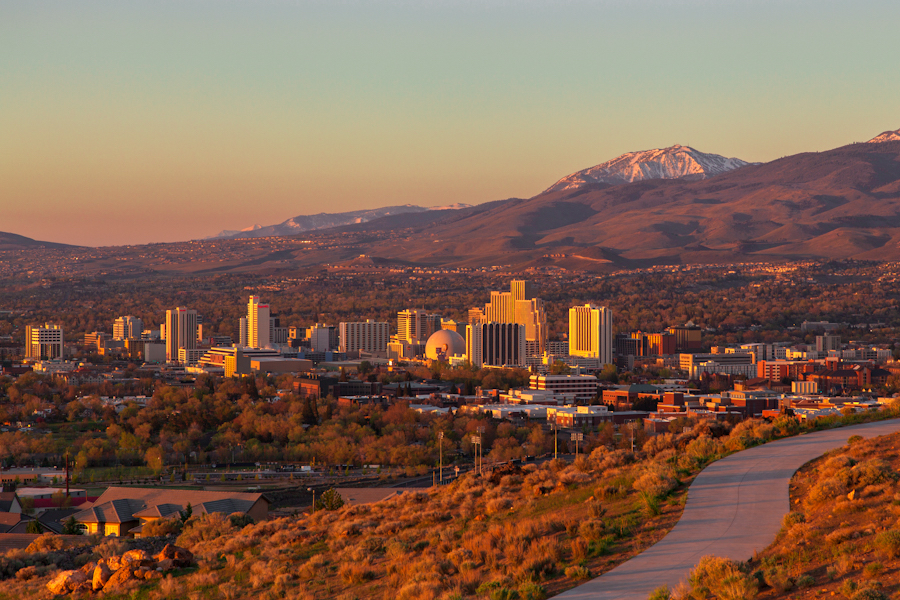
Rounding out the list is Reno, Nevada, another desert city known for its low humidity and dry conditions. While Reno does experience some seasonal snow, the city’s dry climate during most of the year keeps mold counts low. The combination of high elevation and minimal rainfall makes Reno a great option for those who want to avoid mold exposure.
Why Reno Has Low Mold Counts
- High elevation with lower humidity levels
- Minimal rainfall and dry air
- Cooler, dry winters that reduce mold growth
Finding the Best City for Mold Allergy Sufferers
If you suffer from mold allergies or respiratory conditions, choosing the right city can make a big difference in your health and quality of life. The top 8 cities with the lowest average mold counts are located in dry, arid climates where moisture is limited and mold growth is less likely. Whether you’re considering a move to the desert or mountainous regions, cities like Phoenix, Las Vegas, and Denver offer a mold-free environment where you can breathe easier.
For more information on mold prevention and how to protect your home from mold, visit Citywide Mold Mitigation or contact us at 844-552-0467 for expert advice on mold remediation.
FAQ
| Question | Answer |
|---|---|
| What causes mold to grow in cities? | Mold thrives in areas with high humidity, moisture, and poor ventilation. Cities with frequent rainfall, high humidity, or coastal locations are more prone to mold growth. |
| Are dry climates better for mold allergies? | Yes, dry climates are less likely to support mold growth because mold requires moisture to thrive. Cities in arid or desert regions typically have lower mold counts. |
| Can I still get mold in a dry city? | While dry cities have lower mold counts overall, mold can still grow indoors if there are leaks, high humidity in specific areas (like bathrooms or kitchens), or poor ventilation. It’s important to maintain proper indoor conditions to prevent mold growth, even in dry climates. |
| How can I reduce mold exposure in my home? | Use dehumidifiers, fix any water leaks immediately, and ensure proper ventilation in areas prone to moisture, such as bathrooms and kitchens. Regularly clean and inspect for any signs of mold. |
| What are the health effects of mold exposure? | Mold exposure can cause allergic reactions, respiratory problems, asthma flare-ups, and other health issues, especially in individuals with mold sensitivities or weakened immune systems. |
If you’re concerned about mold in your home or looking for professional mold remediation services, contact Citywide Mold Mitigation at 844-552-0467 for expert assistance in keeping your home mold-free.

